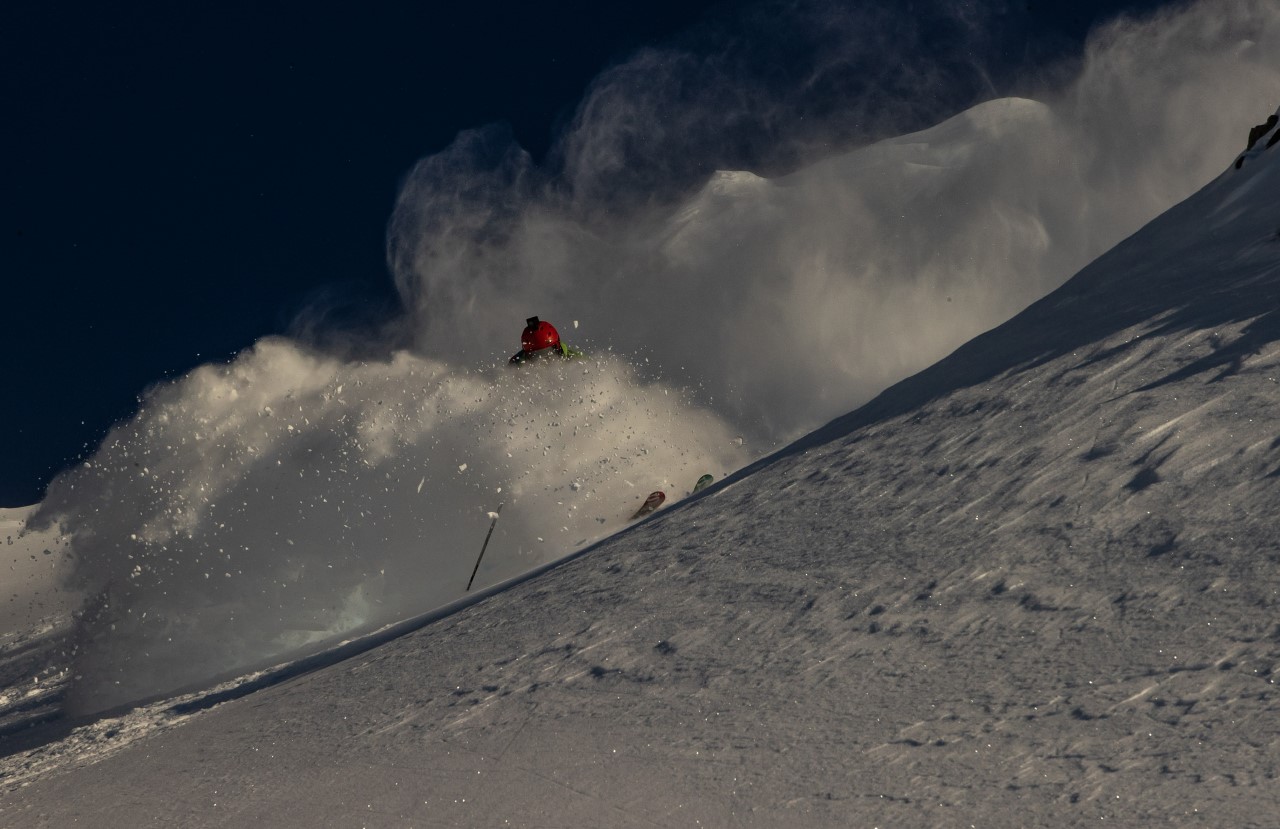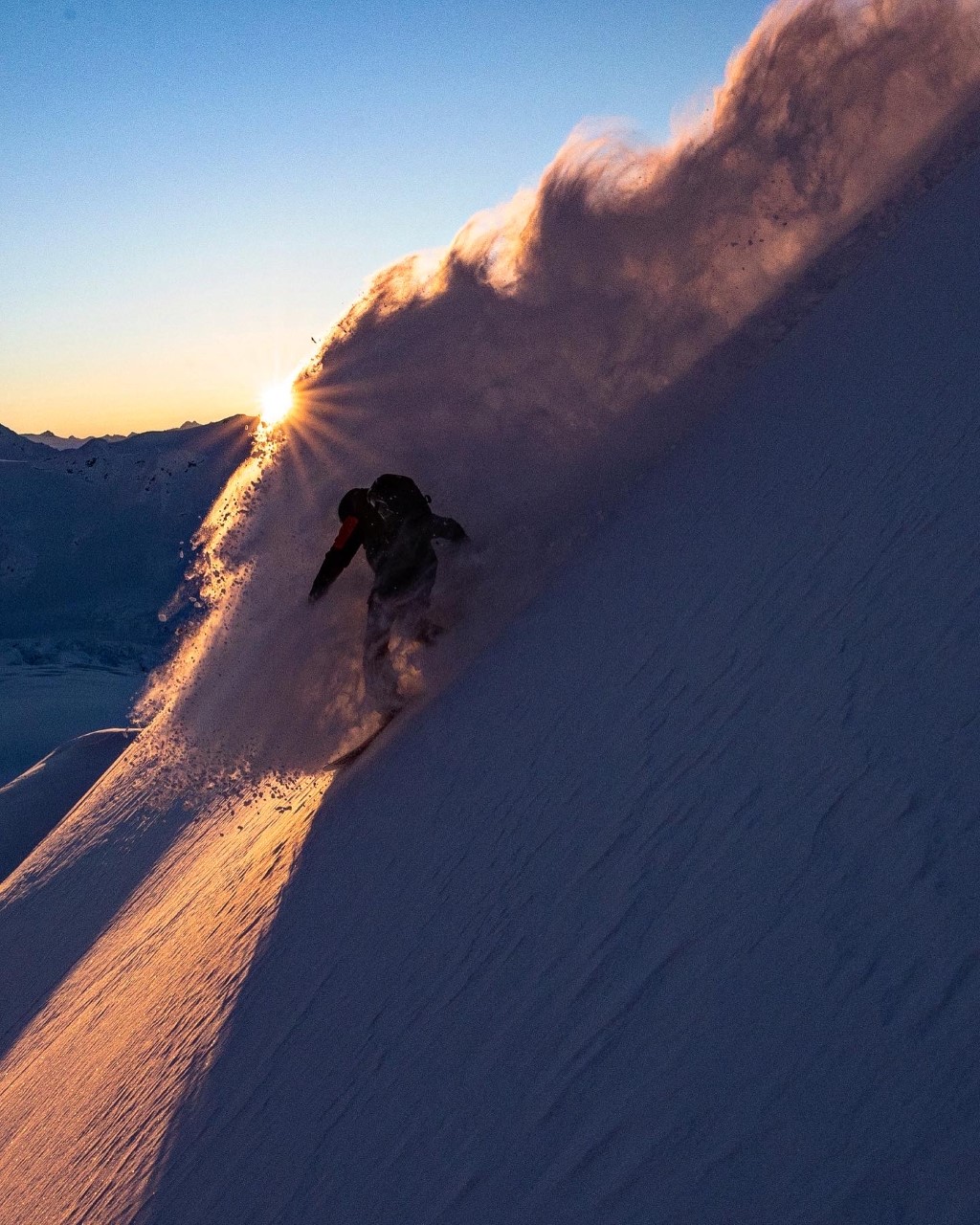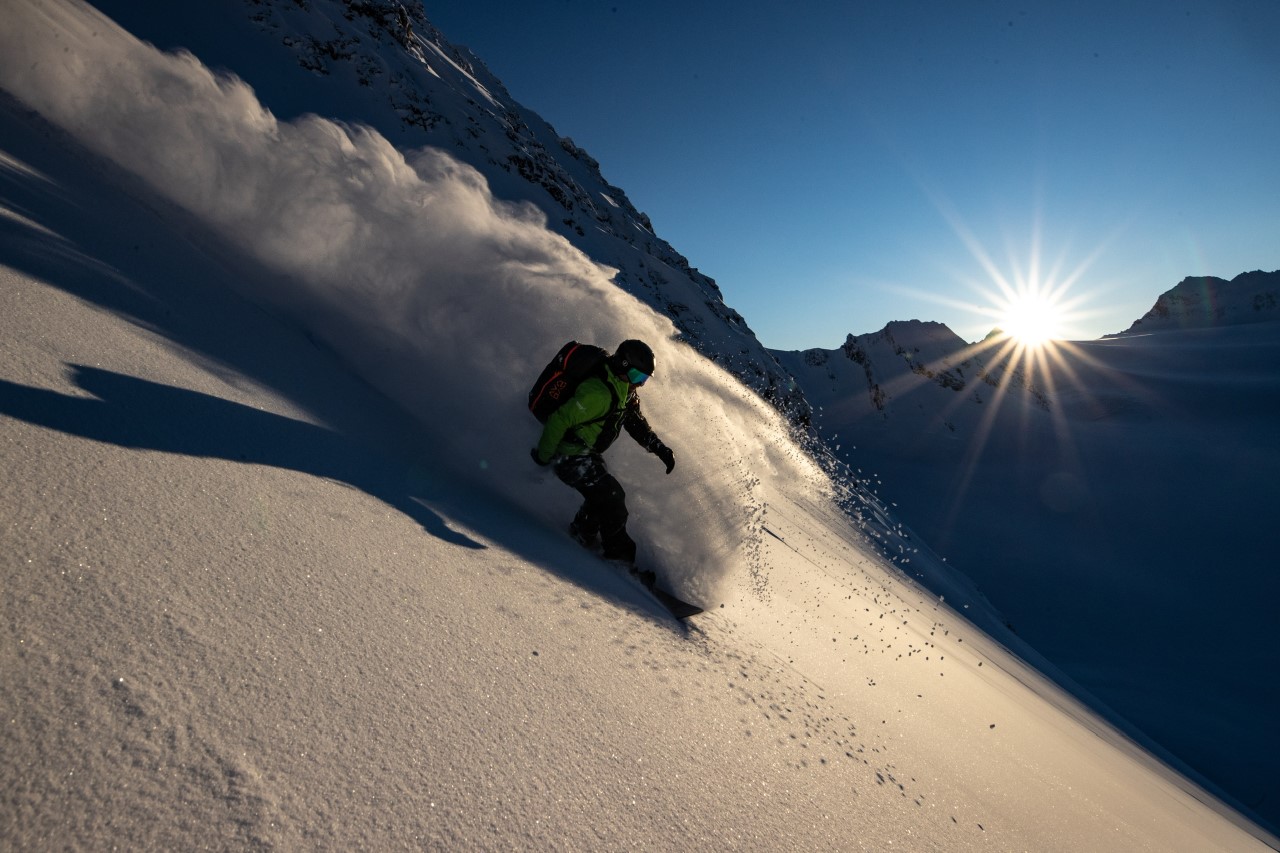
If you’re like me, you probably thought heli-skiing was reserved for the most pristine, highest trained skiers and boarders. However, after interviewing the owner of Pulseline Adventures, Gabe Monroe, via email, I quickly learned that this preconceived notion was anything but true. Deep in the Alaskan Chugach Mountains, Pulseline Adventures is one of only three heli-ski companies with access to forest service terrain, which provides a “uniquely wind protected, highly glaciated” slice of the mountain range.
Mostly unseen by the world, this area of the Alaskan backcountry is stacked with “copious amounts of snow pasted repeatedly onto some of the steepest and most aesthetic mountains in the world,” Monroe said. Monroe is confident that the “nostril-deep powder” should make any skier, regardless of difficulty level, comfortable and excited to tackle this type of terrain. Pulseline promises its guests terrain options matched to their ability level and trip of a lifetime.

Monroe’s goal with founding Pulseline Adventures was to use his guide teams’ unique skill set to show and share with other people his passion for the Chugach mountains. With this goal in mind, Pulseline will never turn anyone away from embarking on a guided adventure. Pulseline offers a wide variety of package styles that differ in length and level of difficulty. With your package choice, expert guides will guide your group through the breathtaking mountains, freeskiing down either intermediate, advanced, expert, or even pro terrain.
Only want to commit to a couple of days of freeskiing? No problem with Pulseline! Monroe’s company offers missions ranging from two days up to an entire week with all-inclusive or a-la-carte options to customize your trip. Knowing that there is a range of difficulty and length should give all levels of skiers the confidence to explore the unrepeatable terrain that Pulseline Adventure has access to.

When planning for your heli-ski trip, Monroe recommends assembling a group of friends that are similar in level of ability and stamina. He advises people who are interested in booking a heli-ski trip to prepare by focusing on fitness and physical stamina: “Most people who consider Alaska as a ski destination are decent skiers, most of them aren’t conditioned properly.” Skiing this backcountry could be a wake-up call to even expert skiers due to the mountain’s steepness and terrain, so training beforehand is essential to prepare all bodies for this brand new experience.
In our interview, Monroe stressed that Pulseline is “honored to have the opportunity to show our guests the best days of their life, to introduce them to true serenity. We focus on doing our very best, every single run, every single day.” The genuine appreciation and passion Monroe has for introducing the Chugach mountains to other people should entice any skier to want to make the Alaskan backcountry their next ski destination. Especially now, knowing that skill level won’t stop anyone from being able to witness the sheer and natural beauty of the mountain, there is even more motivation to book a trip out to Alaska tomorrow.

Snowcats burn 4-5 gallons of Diesel per hour and generally have 60-80 gallon fuel tanks. An average night grooming can be up to 12-16 hours in two shifts. That’s up to 48-80 gallons of fuel used per machine, per night. There are far more ski area’s than Heliski operations across the US and world wide. With snowcats generally out numbering helicopters per location as well. A helicopter work day at the MOST will be 6-8 hours on the clock.
Looks like you are going after the lesser of two evils?
/Users/mattkinney/Desktop/main-qimg-b4f640202ea2ca55dcadb5661baaee5b.gif
ok so it’s QAV–1, It still requires a barrel of oil to produce 4 gallons QAV-1. So yes a a day of heliskiing requires many barrels of crude oil and contributes to global warming and our loss of snows. I would think the ski industry would do anything to save our snows. It is the one segment of the industry doing nothing to combat global warming other than recycling plastics at the lodge and using stick as wands…..its called greenwashing. You can’t greeenwash heliskiing..
Matt, turbine engines don’t use AVGAS and good luck finding a Heli-ski operation running piston engine whirlybirds. Please, tell us more.
1 barrel of crude oil is refined to avgas for every hour to heliski….See Save our Snows, global warming, etc…..Just saying. How we as skier are going to help save our snows or just put our heads in a snowbank.